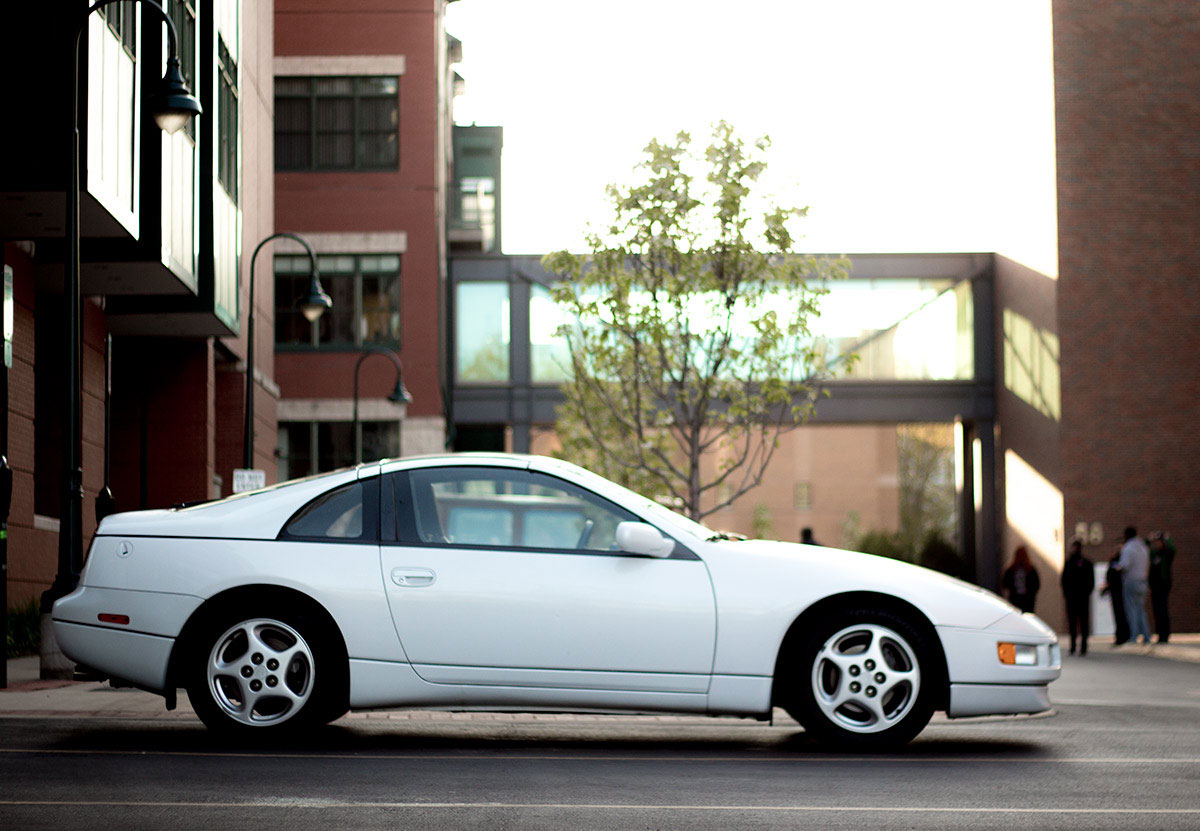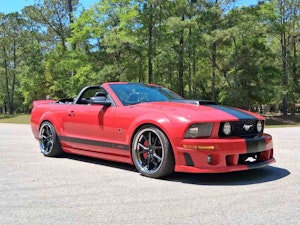Media | Articles
7 classics under $10K that you should snatch up
Participation in the collector car hobby doesn’t have to break the bank. If you have a low budget, there are still lots of choices out there for every taste. Average #3 (Good) condition collector vehicles worth less than five figures abound. From Euro oddballs to Japanese sports cars and vintage pickups, the vehicles below won’t steal your wallet. They also feature higher than average Hagerty Vehicle Ratings, so while they’re temptingly affordable now, they likely won’t be quite so cheap a year from now.
The Hagerty Vehicle Rating is based on a 0–100 scale. A 50-point rating indicates that a vehicle is keeping pace with the market overall. Ratings above 50 indicate above-average appreciation, while vehicles below a 50-point rating are lagging behind the market. The rating is data driven and takes into account the number of vehicles insured and quoted through Hagerty, along with auction activity and private sales results. The HVR is not an indicator of future collectability.
| Vehicle | |
|---|---|
| 1997–2004 Porsche Boxster | 77 |
 Average value for a #3 (Good condition) car: $10,100 OK, it’s 100 bucks over the threshold. We’re letting it slide. From the A-pillar forward is where manufacturers spend much of a car’s development costs, so cash-conscious Porsche decided in the late 1990s to develop the next 911 and the new entry-level Boxster model with many of the same front-end components. The decision didn’t win many fans for this 996-generation of the 911, but the Boxster was a huge success and it’s still one of Porsche’s best-selling models. The first-gen Boxster is a much better sports car than the Mercedes SLK and BMW Z3 it competed against, and it’s currently one of the few affordable ways to get into a Porsche. Base model cars can be had for less than 10 grand, while the hotter S models are a little bit pricier. These cars did suffer from the infamous IMS bearing failure, but most Boxsters have either had the issue fixed or have accumulated enough miles by now that the engine is highly unlikely to blow up on you. |
|
| 1987–91 Ford Bronco | 76 |
 Average value for a #3 (Good condition) car: $8600 While just about any given first-generation Bronco (1966–77) stretches way past our 10-grand budget, affordable buys can still be had if you look at second- (1978–79), third- (1980–86), and fourth-generation (1987–91) models. Fourth-gen Broncos gained redesigned grille, front bumper and interior, while an important development under the hood was the adoption of fuel injection across the entire range by 1988. |
|
| 1967–72 GMC C/K Series Pickups | 85 |
 Average value for a #3 (Good condition) car: $8400 With interest in vintage trucks up pretty much across the board, buyers on a budget aren’t as spoiled for choice in the pickup market as they used to be. That said, the 1967–72 GMC C/K is still a tempting choice. This was the era when Chevrolet started to make its pickups more modern with comfort and convenience features, making the second-gen C/K one of the most important pickups of all time. On average, the GMC version is worth a little less than the Chevy despite being both rarer and essentially the same truck apart from the grille and badges. |
|
| 1990–96 Nissan 300ZX | 71 |
 Average value for a #3 (Good condition) car: $7400 While the 300-hp twin-turbo version of the Z32 (1990–96) 300ZX typically stretches past $10K, the naturally aspirated 300ZX is still a great way to get into a stylish, vintage-ish sports car on a budget. The 222-hp on tap from its 3.0-liter V-6, rear-wheel drive, a five-speed manual, and a driver-focused interior are a recipe for fun, and the Z32’s styling has aged really well, especially compared to other cars of the time. A lot of these Zs came with T-tops, which makes open-air motoring possible, and for the enthusiast with a family Nissan sold a 2+2 version. It’s not the fastest car for the money, nor is it the sexiest, but it’s still a tempting option. |
|
| 1986–92 Mazda RX-7 | 81 |
20180322200802) Average value for a #3 (Good condition) car: $7300 The second-gen (FC) RX-7 is something of an underappreciated middle child in the RX family. It’s older sibling is the ruggedly simple, cleanly styled first-gen (FB) car that everybody remembers for getting the rotary-engined sports car just right. Meanwhile, the younger third-gen (FD) is the sexier, smarter, more-athletic brother that probably gets all the looks. On its own merits, however, the FC is a good little car. At the moment, it’s not all that much more expensive than the first-generation RX-7 despite offering a lot more performance, and even the 182-hp turbocharged version can be had for less than $10K. The FC was also the only RX-7 sold as a convertible, although no turbo convertibles were sold in the U.S. Quicker than the RX-7 that came before it and far less complex than the one that came after it, the FC doesn’t get as much credit as it deserves, and for now that makes it a good value. |
|
| 1984–93 Mercedes-Benz 190 | 77 |
 Average value for a #3 (Good condition) car: $3700 The 190 was Mercedes’ first entry into the compact luxury sedan market in the early 1980s, and it soldiered on until the C-Class came along in 1994. No, you can’t get one of the racy 190E Cosworths for less than 10 grand, but if you’re looking for a stylish, comfortable, and reliable old luxury car, you could do a whole lot worse than a 190. The model includes surprisingly modern features like five-link suspension, and build quality for Mercedes-Benzes was a lot better back then. Should you spring for a solid diesel-powered 190D, it will probably outlive you. |
|
| 1985–89 Merkur XR4Ti | 80 |
 Average value for a #3 (Good condition) car: $2400 In the 1980s, as luxury car buyers were shifting to import brands, Ford decided to sell an import of its own. The car in question was essentially a German-built European-market Ford Sierra rebadged as a Merkur. Sure enough, the Merkur (the German word for Mercury) was sold at Lincoln-Mercury dealerships. During its short five-year lifespan, Merkur sold only two models, and the XR4Ti is by far the more interesting car than the Scorpio. Under the hood is the familiar 2.3-liter turbocharged four from the Mustang SVO and Thunderbird Turbo, and it drives the rear wheels via a standard five-speed. At the back is a nifty biplane rear spoiler. Despite solid build quality and lots of praise in the automotive press, an XR4Ti remains incredibly cheap to buy. The kicker is that you’ll have to find one. Only about 42,000 sold originally, and very few have survived the past 30 years. |
|
Marketplace
Buy and sell classics with confidence









